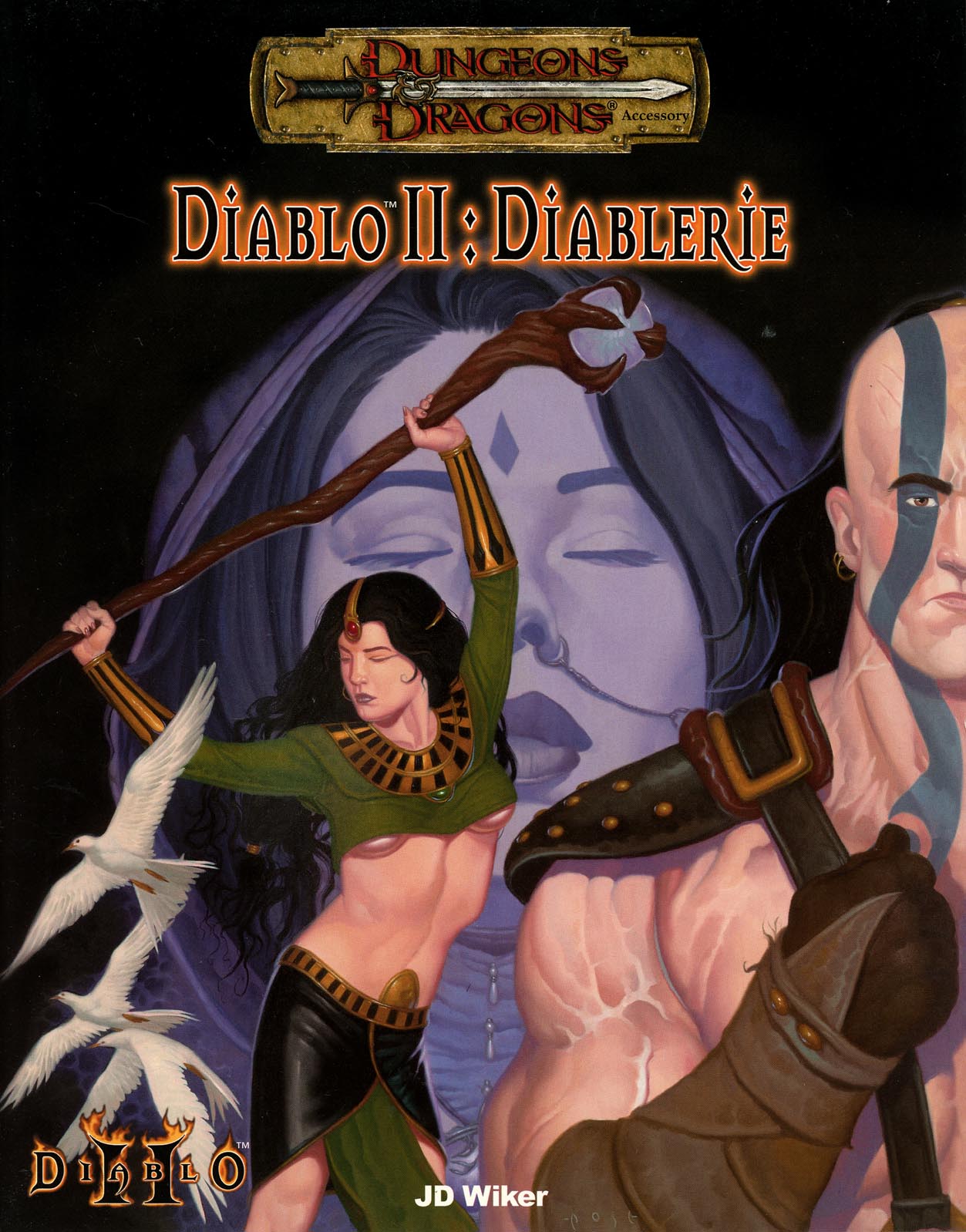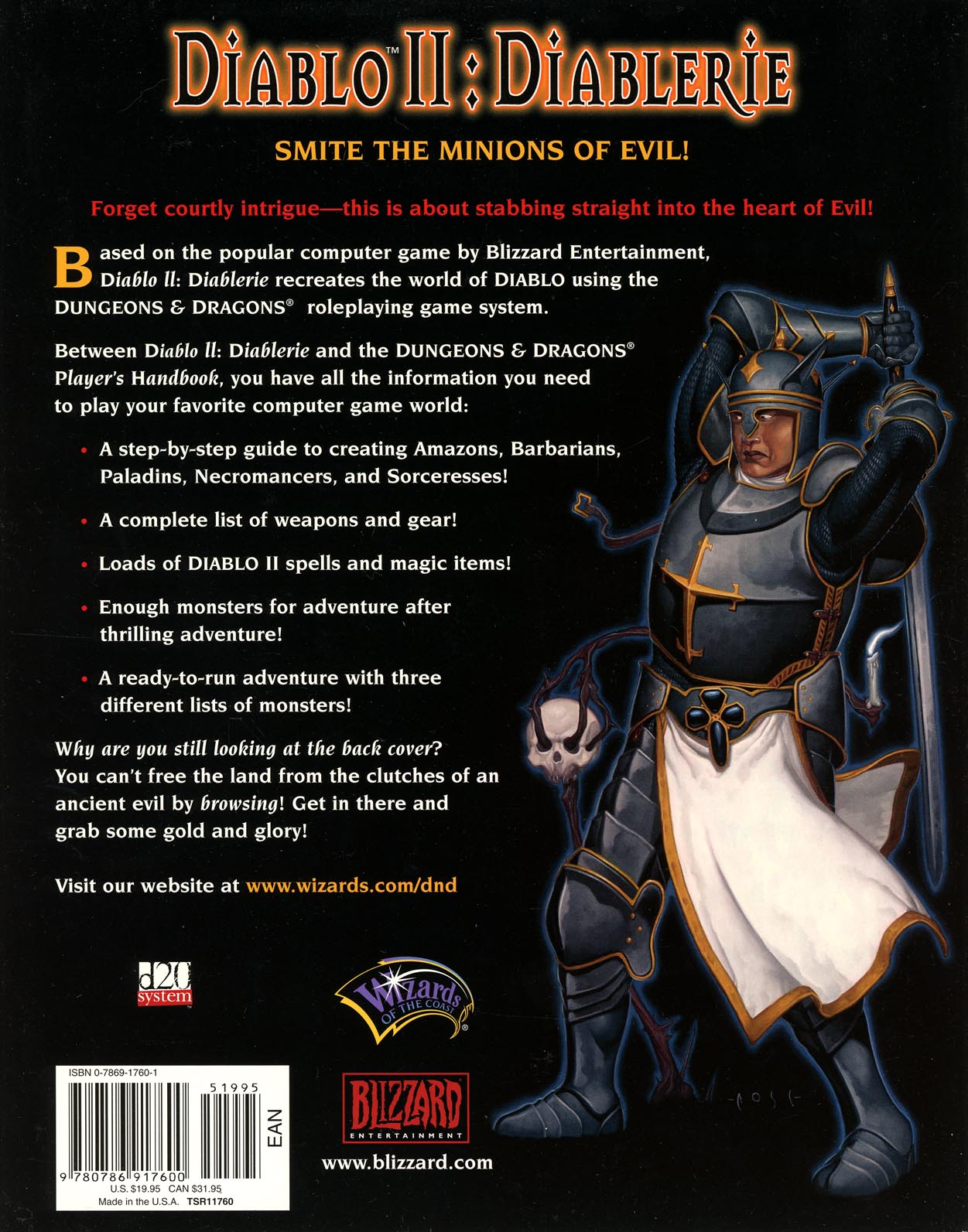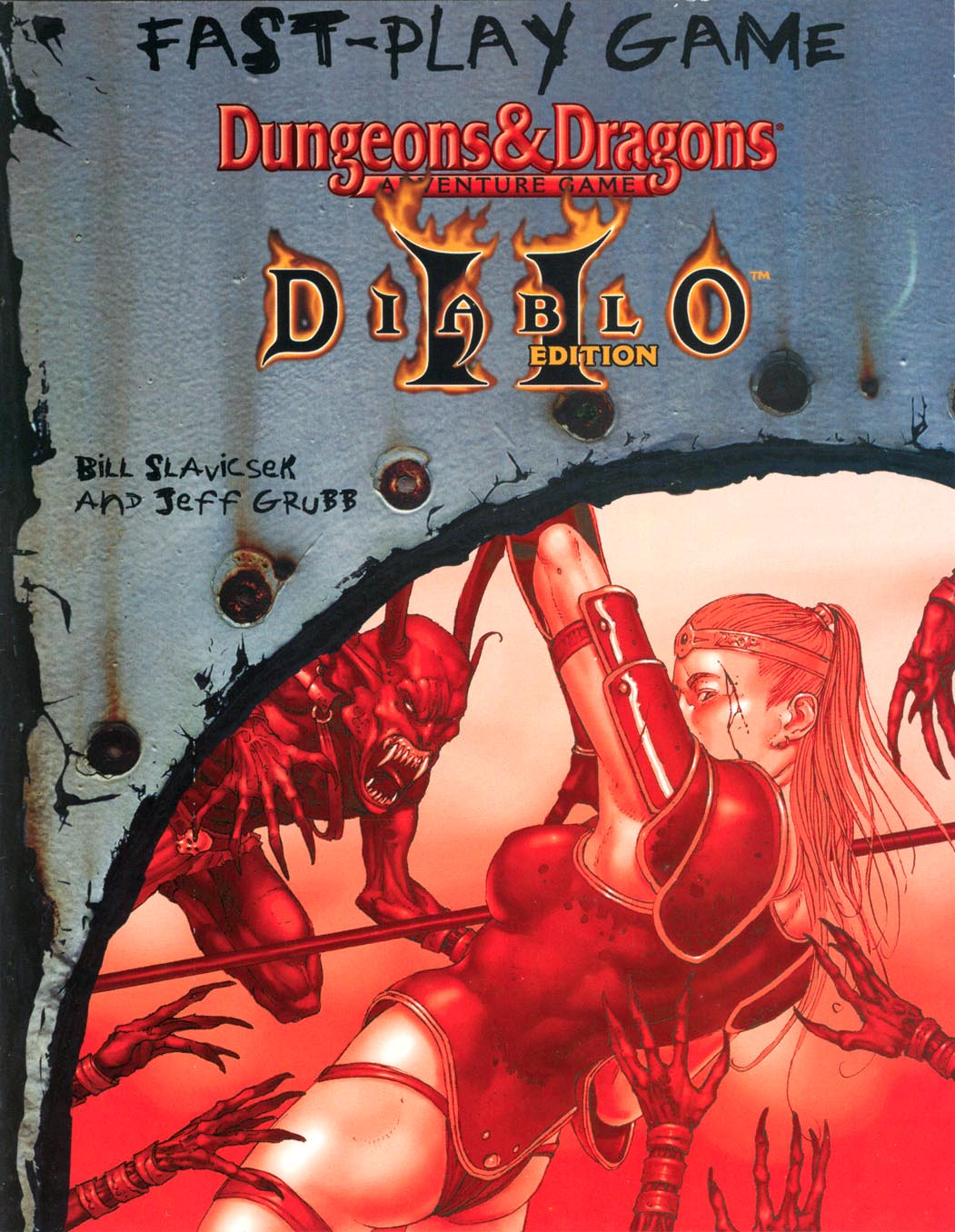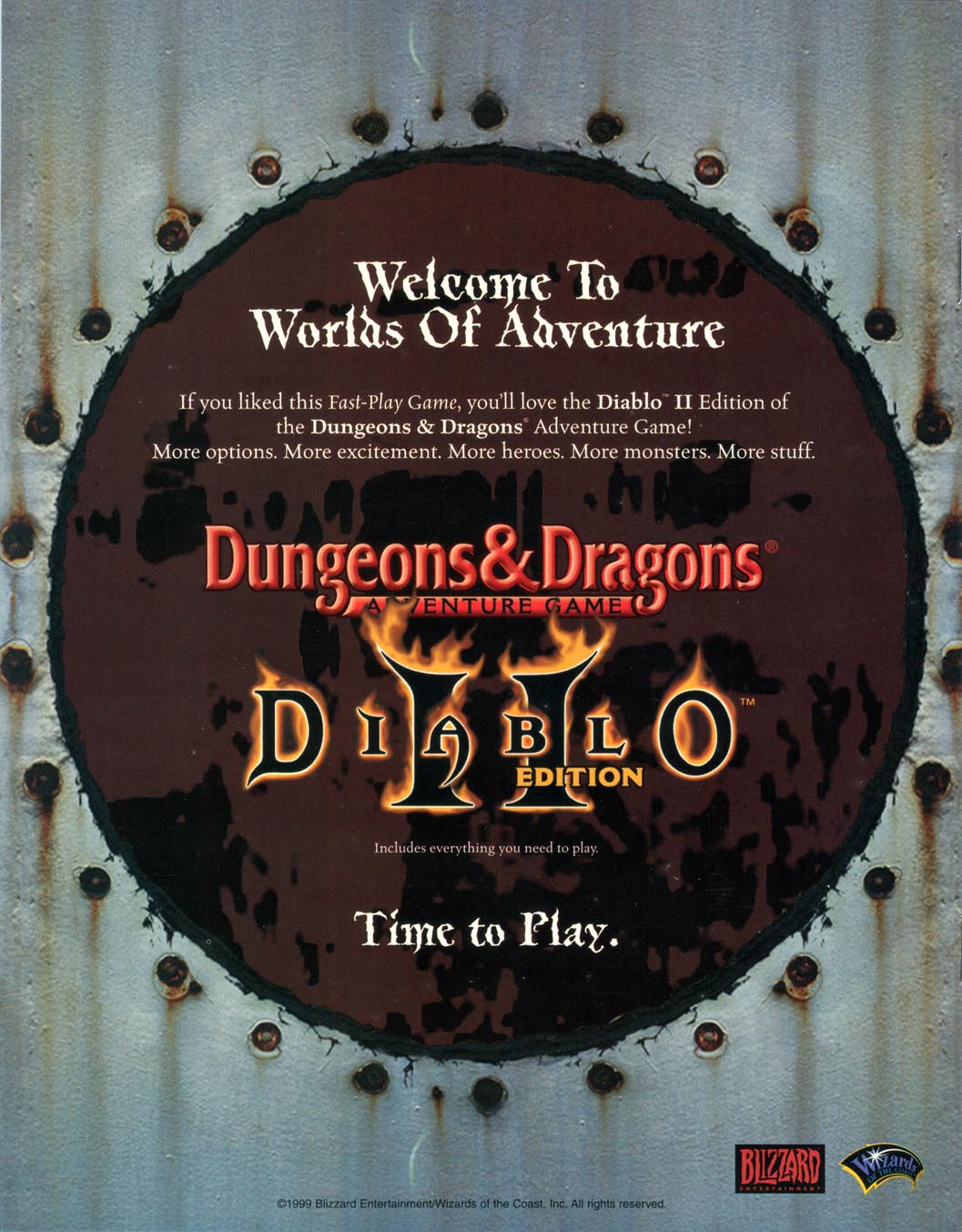THE SOUND DESIGN OF DIABLO IV
Hello traveler, I’m Kris Giampa, Sound Supervisor for Diablo IV.
The sound team has been steadily cranking away on the soundscape for a while now, and while we aren’t ready to go in depth about the music side of Diablo IV quite yet, we wanted to start to give you some insight into some of the audio processes, content, and motivations behind the sound for the game.
Before we begin, we wanted to give you something to listen to while you are reading this quarterly update blog. Please enjoy the snowy, dark, and stormy ambience of Fractured Peaks below as you start on your journey.
Sound and music in games are the invisible glue that supports the storytelling and ties you to your character and their actions during gameplay. Creating sound for games is an exciting artistic endeavor that you can’t see— only hear. However, you can feel it literally, with the soundwaves against your body depending on what you are listening back on. It’s an amazing medium that can also affect how you feel emotionally while playing a game. A lot of the time it’s subtle, and other times it’s over the top, but always there to support the moment-to-moment gameplay. We hope you enjoy this dive into various aspects of the game’s soundscape, and you’ll have plenty more to look forward to and experience when you finally get to play it!
Naturally, we want anyone and everyone who might be hearing impaired to enjoy the experience of Diablo IV as well. So, we are taking measures to broaden the experience to be inclusive for people with hearing or visual disabilities. There are various accessibility features underway that we hope to talk about more in the future.
The Devil is in the details
For the Diablo IV soundscape we’ve continued the tradition of gratifying combat, expanded upon the ambience to support the epic open world, continued to embrace the darkness in tone and gore while also trying to deliver a cleaner-yet-punchy audio mix that’s adapting to the situations as you play.
One of the biggest goals we try to focus on as sound designers is to make the highest quality sounds to be triggered back in the game real-time and make them seem believable as well as grounded within the game world, tied to what you are experiencing. The randomness of audio playback is of the utmost importance when it comes to gameplay. If you think about real life, nothing is ever heard the exact same way twice due to your listening environment and the positioning of a sound source. Sounds never play back at the same exact sound pressure level along with the reflections within your environment and everything else happening around you at that moment in time. In essence, there are always subtle, real-life reasons as to why nothing ever sounds exactly the same. So, as sound designers for video games, we always strive to introduce subtle, randomized variation to not only the sound design itself, but also for when you hear it in the game. When we are doing our job correctly, it’s something you tend to not notice and supports your immersion into the game world by backing up the incredible visuals, story, and end-to-end experience.
Another huge goal we have when creating audio for Diablo IV is to fill in sounds for just about everything that’s occurring on your screen. Whether it’s the world ambience, monsters idling offscreen, the tiny chunks of wood that are colliding off a wall when you break an object... everything should make a sound. We pour countless hours of effort into covering almost everything you see and don’t see, while also keeping it subtle enough to not be distracting and just feel right. The devil certainly lurks within the details...
However, just because we are filling in as much sound as we can, it doesn’t mean you need to hear it every time. The playback engine within the game will not trigger too many instances of a sound if they are trying to play at the same time based on strict settings we create as basic rules. Because of the isometric camera view and being able to see so much on screen at once, we must limit how many instances of each sound will playback at any given moment. Once dialed in correctly, you tend not to notice that some instances were never triggered, and that helps with the clarity of the audio mix. It’s a fine line we straddle during big moments with a lot going on screen.
How about we get on to more of the creative side of sound design? Naturally, there is no Diablo game without the heroes who do your bidding to vanquish the various evils that lie in your path. Let’s talk about some of the fire-based Sorcerer skills that partly define the class...
Hero Fire Skills
The sound crew luckily gets to record all kinds of neat and unique sounds for the game so that we have plenty of sound source to edit from when it comes time to start sound designing. Sound Design is technically described as taking a recorded audio source, editing it, and processing it to be used in another medium. In the case of Sound Design for games, we’ll record raw audio, re-process them, and edit it for our gameplay needs in various ways to achieve something that sounds clean, usable, and replayable for gameplay. The sound could be exactly what it was originally meant for or end up sounding completely different and used for something else entirely.
Something we always tend to need for a game like Diablo is, of course, fire! When time permits, we plan for some time to record sounds out in the field. For Diablo IV, one of the first big recordings we did as a team was a desert fire session before the lockdown for COVID-19. We traveled far from Blizzard HQ to record various types of fire sounds in the deserts of California, armed with multiple recording rigs and microphones. Thankfully, since it was wintertime, it wasn’t too hot during the day and just a bit cold at night. While our main goal was to capture fire, we ended up capturing all kinds of other sounds we have used during production, like ambience, rocks impacts, foliage movements, wood impacts, door slams, wooden cabin creaks, metal impacts, and scrapes.
Sorcerer Skills
Firebolt and Inferno
Some of the fire recordings were then used specifically for the Sorcerer skills Firebolt and Inferno. For the skill Firebolt, we recorded sets of wispy and smoldering flame whooshes using a fire staff or a dried-out medium-sized log of wood and performed the sound in various ways around sets of microphones. Once we had a nice assortment of different types of fire sounds, we then edited and processed those fire whooshes into game-ready one-shot audio files for the casting and impact sounds, as well as longer loops for the projectile traveling through the air. It all comes together as one cohesive-sounding experience once we get it hooked up in the game to play back as the entire skill sound effect set for Firebolt.
For the Inferno Sorcerer skill, we then used other takes of the fire recordings and processed them to sound more aggressive and powerful for the larger skill. Just like Firebolt, there’s a set of casting one-shot sounds, a set of loops, and another set of one-shots for when the snake form constricts its body. One cool thing about the Inferno skill is that while it’s fire, it’s fire that has taken the form of a snake. Because of this form, we are able to take some liberties on pushing it away from just fire sound design. We added some light snake-rattling SFX paired with a darker-toned ethereal end to the skill sound to make it feel a bit more magical. When all these pieces re-trigger in-game, it will always sound like the same skill, but be slightly different each time—which increases the replayability sound-wise.
Monster Sound Design
Diablo games wouldn't be as fun if you didn't have monsters to slay. One of the most fun things about working on a Diablo game is the vast amount and variance of monsters that exist. This makes monsters ripe for both experimental and more traditional sound design, so let's dig into some monster sound design for foley and voice.
Monster Movements
The combination of expert animation and AI brings life and personality to the creatures as they undertake their nefarious activities. When we start the audio process for a brand-new monster, I always recommend that the sound designers start by adding footsteps and foley (clothing or skin) to their movement animations. The moment the creature has footsteps and foley, the creature's cadence and rhythm of their movement really comes to life. It’s at this point I consider that they are becoming grounded and attached to the world. This also dictates how vocal they might sound based on their patterns of movement.
Monster Voice
The next layer that finishes the birthing of the creature into existence is their voice exertions. These are the grunting or yelling sounds of them exerting at the player as they attack, or the screams of pain as you take them out one-by-one. Each monster family can be quite different from the next, so depending on the type of monster, we might have intense sound design layers of animalistic-type sounds or even everyday objects that we will manipulate to sound like a screech or scream to create a layer within that final voice. Other times it can be simpler, as we’ll hire creature voice actors to help create the core tone of the monster’s voice that we can then build around with other sounds.
In the case of the Wood Wraith, it's almost fully sound designed from wood creaks and strains processed to extreme lengths and choosing the right sounds to convey emotion. The Wood Wraith was a blast to sound design as it’s mostly freaky and creaky wood sounds, with a touch of very low-pitched human tone underneath it all.
Another monster we had the pleasure of working on is the disgustingly awesome Fly Host. This beast walks around birthing flies to attack the player. We ended up using some of our early gore session recordings where we ripped and smacked cabbages and melons, and stirred and squished mayonnaise, salsa and a delicious 7-layer dip into a not-so-great smelling slurry to make some great slimy and disgusting sounds to use in our sound design.
Open World Ambience
One of the audio pillars for Diablo IV is “Living Audio”. What this means is that the soundscape is ever evolving and never static. This pillar is built deep into the sound design variations we create for all types sounds, including when it plays back real-time in the game— especially the ambience. Because of the importance of the massive open world, we wanted to give the ambience as much detail as possible and think of it on the same level of Hero sound design. Having the audio and the systems changing subtly over time is key to this pillar. We always want the subtle changes in ambience (that might not be very noticeable) less repeatable and feel more natural and immersive overall.
The World Building team has done an amazing job giving us huge amounts of inspiration in filling out the regions visually so that we can follow it up with immersive ambient audio.
Since the player might be in the open world for a large amount of time, we wanted to support each exterior region with unique-sounding environments that also include subtle changes to the audio mix over time. To help achieve this, we use audio systems like real-time occlusion, high-quality reverbs, and environment reactive delay/echoes.
We’ve provided some long-form recordings of in-game footage with a static shot where you can hear the ambience changing over time. Not only does this show some cool ambient sound design, but we also wanted to provide these to you for your tabletop RPG sessions, or even just to sit back and get lost in while working. The clips were recorded around 5-6 minutes and looped to be almost one hour.
Dungeon Ambience
When it comes to the Diablo dungeon crawling-style ambience, we take a special delight in creating various and unique sounding experiences to heighten your immersion. Our approach to the dungeon ambiences is a bit less intense compared to the new open world, as we don’t want to distract you away from a key part of what makes a Diablo game fun— dungeon crawling. This is one area where we can take more liberties in diving deeply into the hellish and creepy soundscapes while having the monsters onscreen to accompany the audible experience. For Diablo IV we are taking a more realistic approach to “what you hear is what you get” when within a dungeon. With long reverberation and sound occlusion, we want you to pay close attention to what might be just around the corner, mentally preparing you for the next pack of enemies.
Breakable Interactives
Scattered around the dungeons are a plethora of gratifyingly great breakables. The Interactives team have been creating hundreds of amazingly detailed breakable objects in Diablo IV. For the amazing amount of detail they put into objects as they break, we in turn wanted to fill in every sliver and chunk of destruction you see with believable physics audio. Destroying objects in Diablo should sound just as gratifying and believable as taking down monsters. We put a lot of effort into making sure that all objects have an extremely gratifying break sound, while supporting the debris with tiny bits of audio to accompany the pieces that break apart and fly across a room. I’m still amazed at the level of detail we have for the breakables in Diablo IV. One of my favorite things to do when I see a room full of them is to have at em’!
Game Mix
Finally, I wanted to talk a little about the isometric camera. It provides some interesting challenges when it comes to bringing all the elements of the game mix together. Because you can see battlefield at a certain angle out to a certain range, we have to make sure that the monsters existing on the screen are covered with audio, but have the overall mix not feel too cluttered, nor too empty. There’s a lot of real-time juggling of sound playback based on priorities and importance to you, the player.
For Diablo IV we are able drive the real-time audio mix more than ever before. Because of the isometric camera view, we must trigger sounds on just about everything you see but focus your ears on the most important sounds you should be paying attention to. We've been carving away at audio mix states and an audio importance system that will allow certain important monster sounds to poke out when they are needed. Clarity of game audio mix is hard to achieve in a game where you can have multiple heroes as well as various amounts of monsters on screen, while having detailed ambiences means we need to craft different audible mix states depending on the situation.
We hope you have enjoyed this brief look into the sound design of Diablo IV. There’s so much more to talk about, but alas, we will have to save it for another time. We welcome any feedback you might have about anything you have heard in the videos or learned about in this quarter’s blog. Thank you for taking the time to learn more about the soundscape of Diablo IV!
Kris Giampa,
Sound Supervisor, Diablo IV






















![Have Many Potato [2013] Codex 2013](/forums/smiles/campaign_tags/campaign_potato2013.png)
![The Year of Incline [2014] Codex 2014](/forums/smiles/campaign_tags/campaign_incline2014.png)

























